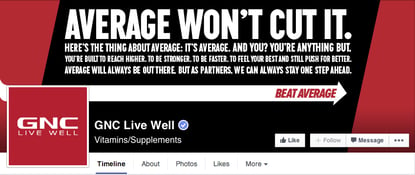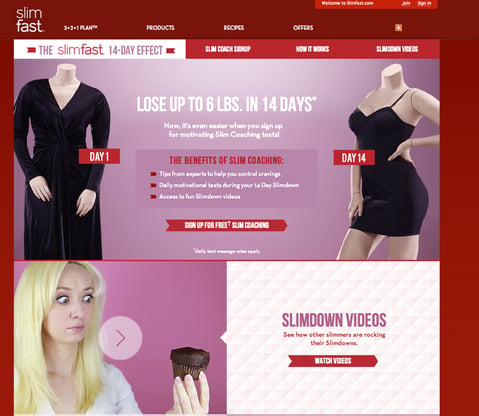7 Essential Pre-Launch Questions for Engaging Digital Ad Campaigns

Launching an online advertising campaign can be an incredibly daunting task. Coming up with ways to reach prospective customers without proper planning wastes time and money and can fail to produce the results brands expect and demand.
To ensure ad campaign effectiveness, here are seven questions every advertiser should ask before launch:
1. What is the goal of the campaign?
Having a direct call-to-action (CTA) is essential as it clearly defines the action prospective clients and users should take. For example, should a user sign up for a newsletter or an upcoming webinar? Perhaps browse a website to learn how a product or service works? Or maybe a brand has a current promotion and the objective is for consumers to purchase immediately. Whatever the CTA, it must be expressed clearly.

American Express clearly defines the goal of the campaign as the ad includes the copy, "Apply now" twice with a clear call-to-action for users to follow.
2. Who are the different segments being targeted?
The same marketing tactics aren't going to work on everyone. Advertisers need to define the different segments they are trying to reach early in the launch process, and tailor messages for each specific audience. Beyond messaging, brands need to deliver ads to appropriate websites, based on the intended audience's interests, demographics and more.


Although consistent in terms of design aesthetics, Aldo creates separate ads for its distinct audience segments.
3. What marketing mix suits the campaign?
The online marketing options available to digital enterprises can seem endless - social media promotions, search and display ads, webinars and sponsorships are just a few examples. What's the right combination (and number) of these branded media options? Leverage too many and you may waste time and money, too few and opportunities and reach will be limited.
To get the optimal marketing mix, brand strategists must evaluate which channels carry the greatest potential to amplify their messages and understand where their users are spending the majority of their digital time. For example, GNC's 'Beat Average' campaign was distributed through several channels simultaneously, including social media, display and video. What's important is that despite the different channels GNC leveraged, the messaging stayed consistent throughout, with just slight variations based on the channel.
Get three examples of how brands are finding the right marketing mix for their customers at wsm.co/rightmix3.



GNC's 'Beat Average' campaign was distributed through several channels simultaneously including social media, display and video.
4. How will users be converted after the first click?
When prospects click on an ad and are redirected to a landing page, what's next? Building a fully optimized landing page takes time and testing. The most important tips to keep in mind are to keep these assets relevant to the ad copy and present relevant information so consumers won't be forced to leave to find the information they need. Driving clicks to a page with an entirely different message will disturb the flow of a users' journey and lead to a higher bounce rate.
5. What's the advertising budget and timeline?
Failing to set limits makes tracking ROI very difficult, so advertisers need to establish a realistic budget and schedule. It's important to have some idea of how long a campaign will run to avoid exhausting a message and wasting advertising dollars.
On the same token, if a campaign is seasonal or time sensitive in nature (e.g. an event or holiday promotion) be sure to highlight that urgency in the CTA and ad copy.
6. What are competitors doing in their campaigns?
Stay ahead of the game by keeping a watchful eye on what competitors are doing. While their exact strategies should not be copied, let the efforts of others serve as inspiration and then find a way to improve upon it.
Be sure to analyze the campaigns of top-performing advertisers targeting the same audience, including what traffic sources are being used, what top ads look like and how landing pages are optimized.


Slimfast does a remarkable job of matching their landing pages to that of their ads.
7. Does the campaign make sense?
Sure, a campaign may make sense to an internal marketing team, but does it make sense to prospective customers? Since marketers have all the knowledge when it comes to their product or service, it is common to use terminology or references that may not be clear to an audience.
This is especially true for campaigns looking to use humor. If it doesn't make sense to the person viewing the ad, it most likely won't convert them into a customer. Try running ideas by friends and family to see if it still makes sense to someone with an outside perspective and different experiences in general.
A little planning goes a long way...
Kicking off a new digital ad campaign without a complete strategy is a disaster waiting to happen. It's almost as if you're marketing in the dark with no guidelines. With a formal plan in place, your brand will stay on the right track and dramatically increase its campaign's success rate. Danielle Forget is the marketing coordinator for WhatRunsWhere.com, a competitive intelligence service for online advertising.









